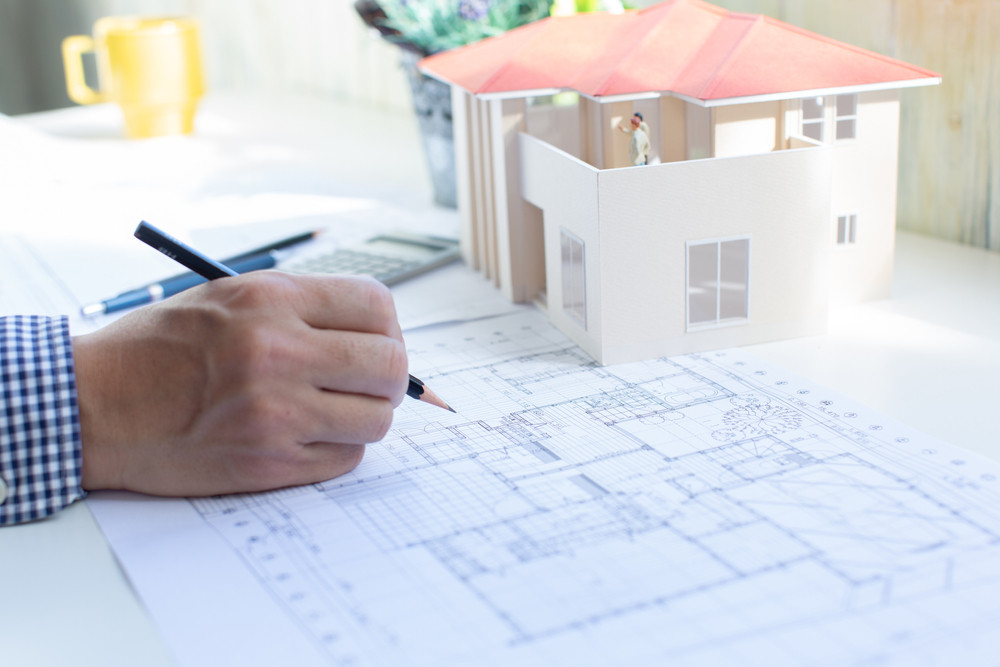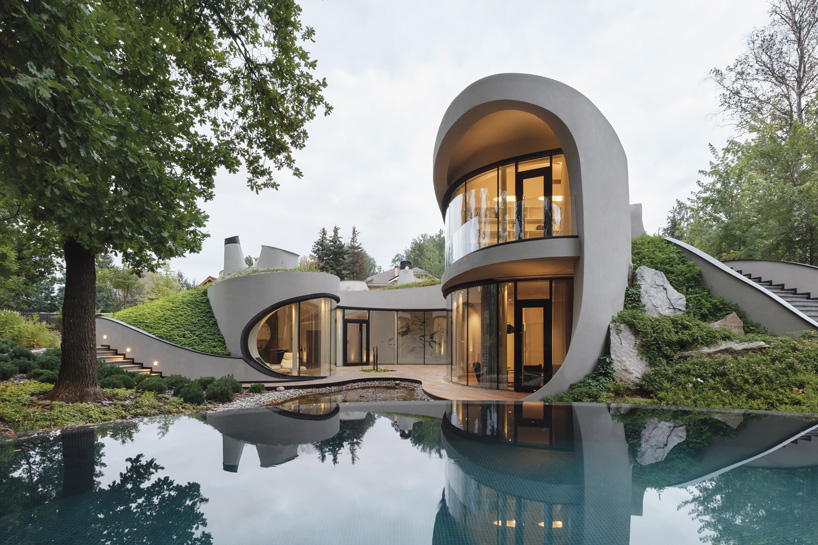A Detailed Summary of Building Designs and Their Influence on Modern City Preparation and Development
Building styles have actually long offered as a mirror to the social values and technical innovations of their time, playing a critical duty in forming modern city preparation and advancement. From the grandeur of Neoclassicism to the practical approach of Brutalism, each design has introduced one-of-a-kind ideas that influence metropolitan appearances and performance.
Historical Summary of Building Designs

As societies transitioned via the Center Ages, Gothic design emerged, identified by its verticality and complex outlining, matching the spiritual desires of the age. The Renaissance marked a resurgence of classical ideals, combining art and design in cutting-edge manner ins which affected subsequent designs across Europe.

Today, architectural styles remain to develop, driven by globalization and sustainability worries, reflecting a dynamic interaction in between heritage and development. This historic review underscores the importance of architecture as a mirror of social evolution and as a driver for metropolitan growth.
Key Architectural Styles Explained
The diversity of architectural designs mirrors the myriad influences that shape our developed atmosphere, each personifying distinctive characteristics and social relevances. Trick building designs include Classic, Gothic, Baroque, Modernism, and Postmodernism, each standing for unique historical contexts and aesthetic viewpoints.
Classic design, rooted in ancient Greece and Rome, highlights proportion, proportion, and using columns (cda architects). In contrast, Gothic architecture, growing in the center Ages, is characterized by pointed arches, ribbed safes, and flying buttresses, creating a heavenly top quality in sanctuaries. Baroque architecture, arising in the 17th century, is noted by magnificence, elaborate decoration, and a vibrant interplay of light and shadow
Innovation, which acquired momentum in the early 20th century, prioritizes function over kind, making use of new materials like steel and glass to produce minimal frameworks. Postmodernism, responding against the austerity of Modernism, welcomes eclecticism and historic recommendation, commonly including playful elements and irony.

Effect On Urban Planning
In shaping the growth of cities, building designs significantly influence urban planning decisions. The choice of building design typically determines the aesthetics, performance, and general character of urban settings. Modernism, with its emphasis on minimalism and capability, motivates open spaces and the combination of technology, forming city layouts that prioritize effectiveness and ease of check here access. Alternatively, traditional designs might highlight historic conservation, leading to urban designs that keep cultural heritage and promote pedestrian-friendly atmospheres.
Additionally, architectural styles can affect zoning regulations and land utilize plans. Urban organizers you can look here must take into consideration the prevailing architectural trends when developing areas, guaranteeing that brand-new advancements harmonize with existing frameworks. This consideration promotes cohesive urban landscapes and improves area identification.
The execution of particular architectural styles can also influence socioeconomic elements within a city. Premium modern designs might attract affluent homeowners and businesses, leading to gentrification, while much more inexpensive housing options could prioritize sensible and sustainable layouts to accommodate varied populaces. cda architects. Eventually, the interplay in between building designs and metropolitan preparation creates vibrant cities that show both historical context and modern requirements, forming the lived experiences of their occupants
Sustainability and Modern Architecture
Architectural designs play an essential duty in attending to contemporary difficulties, particularly in the realm of sustainability. As metropolitan locations expand and environmental concerns increase, modern design progressively embraces sustainable layout concepts that prioritize power performance, resource preservation, and minimal ecological effect.
Contemporary building activities, such as biophilic design and eco-friendly style, advocate for structures that integrate with their link environments, utilizing natural products and advertising biodiversity. These styles typically include eco-friendly power sources, such as solar panels and wind generators, to minimize reliance on fossil fuels and reduced carbon impacts.
Moreover, the integration of sophisticated modern technologies, such as clever building systems, enhances power monitoring, optimizing resource usage while making sure passenger convenience. Cutting-edge water management methods, consisting of rain harvesting and greywater recycling, additional add to lasting metropolitan settings.
Especially, sustainability extends beyond environmental concerns; it encompasses social and economic measurements too. By cultivating neighborhood wellness and advertising inclusivity, contemporary building styles align with sustainable growth objectives. Subsequently, the development of architectural techniques proceeds to form durable cities that not only fulfill the demands of today however also safeguard the future for generations ahead.
Area Involvement in Style
Community involvement in style acts as an important bridge between designers and the populations they offer, making sure that the built setting shows the needs and desires of its individuals. This collective process welcomes neighborhood participants to contribute their understandings and preferences, fostering a feeling of ownership and responsibility towards the spaces they inhabit.
Efficient area engagement employs various techniques, such as workshops, surveys, and public online forums, to gather varied viewpoints. These strategies assist in a two-way dialogue, permitting architects to recognize neighborhood contexts while encouraging citizens to voice their problems and wishes. This inclusivity not only boosts the style top quality yet likewise advertises social equity by addressing the one-of-a-kind challenges dealt with by marginalized teams.
Furthermore, community engagement can bring about ingenious remedies that might not arise in a standard design process. By integrating local expertise and social worths, engineers can develop spaces that resonate even more deeply with users, boosting usability and sustainability. Inevitably, focusing on neighborhood interaction in style procedures results in settings that nurture social communications, support health, and strengthen community connections, thereby playing a crucial duty fit modern urban landscapes.
Verdict
Architectural designs have actually profoundly affected modern city planning and development, reflecting developing social and technological contexts. As cities proceed to grow and adjust, the ongoing dialogue between building heritage and modern-day layout principles will certainly stay crucial in producing comprehensive, lively rooms that enhance quality of life and advertise social equity.
Comments on “The Creative Process Behind Effective Jobs from CDA Architects”